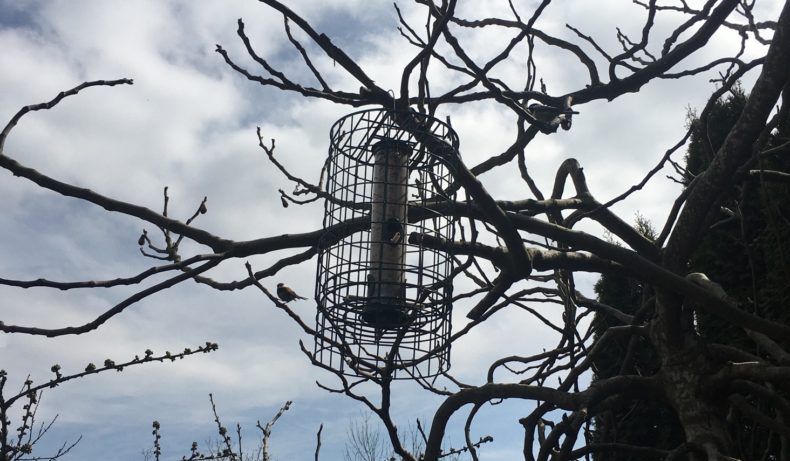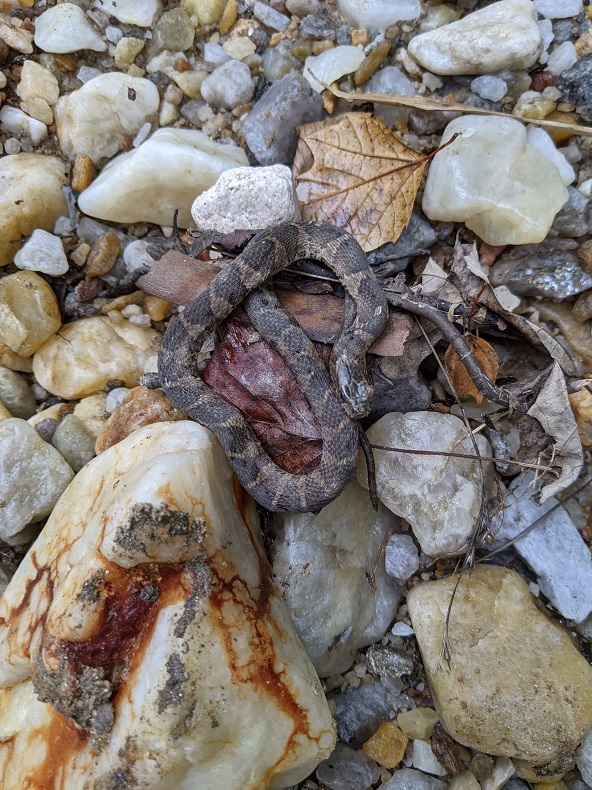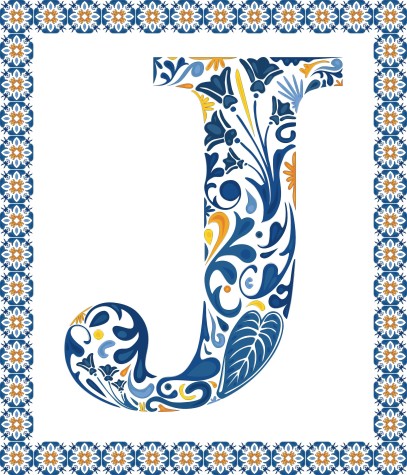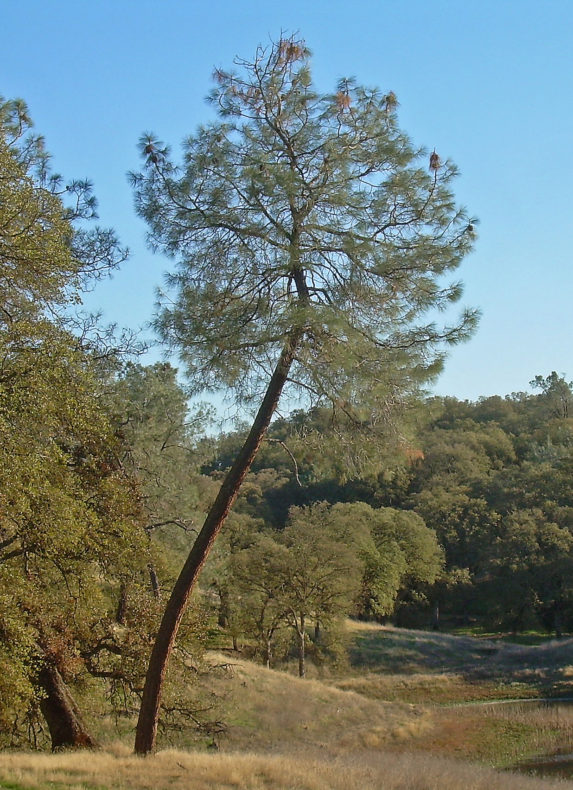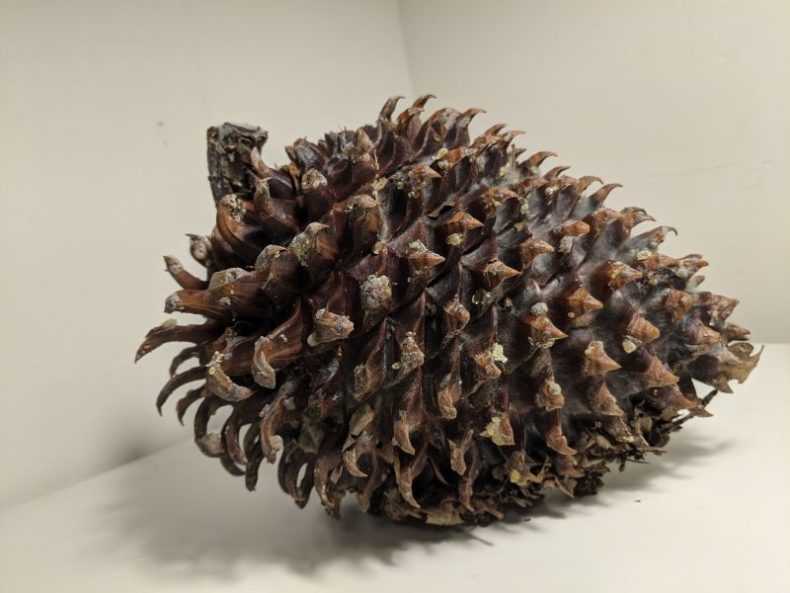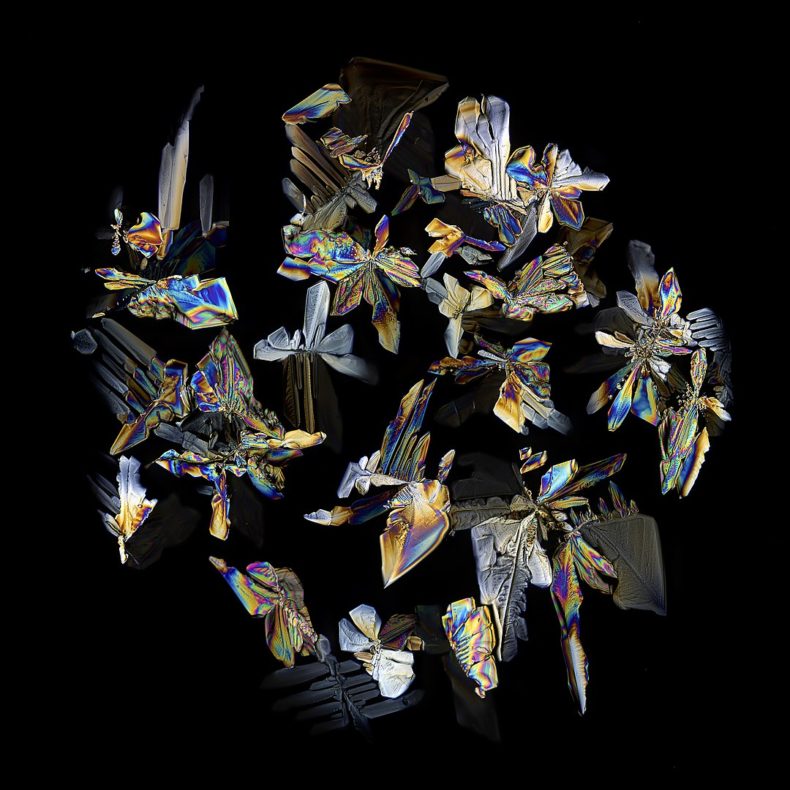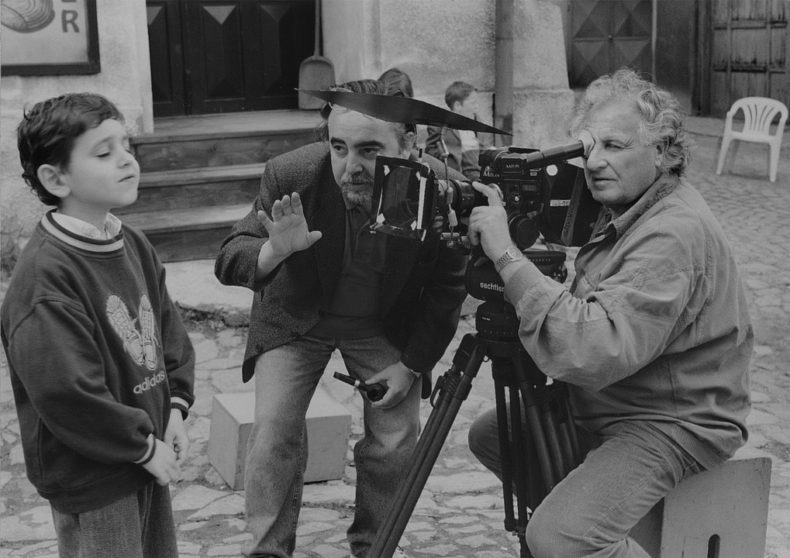We’ve done this before, talked about the books we’ve liked. Here are our lists from years gone by. And if you should be so moved, we also offer books we ourselves have written.
Helen: The most entertaining reading I’ve done lately is a pair of young adult novels set in the near future: Catfishing on CatNet and its sequel, Chaos on CatNet. In the first book, a teenage girl keeps getting moved around to different small towns by her mom, who’s trying to hide them from her dad, who may or may not be evil. Since she moves so much, all of her friends are on the internet – specifically, on a website devoted to cat photos. The friends have real-life adventures with danger and cats. A sentient AI narrates some of the chapters. The high school’s sex ed class is taught by a robot. I started the first book out of a sense of obligation, because I went to college with the author, Naomi Kritzer, then raced through it in a few days and immediately got hold of the second one.
Jane: My favorite way to read is to receive a recommendation and then resolve to know absolutely nothing about the book before I start reading. This is how I came upon Beth Morgan’s A Touch of Jen, so I will do you the same favor: just dive in, because it’s much better if you know nothing to start. The only thing I’ll say is that at no point did I know where the book was going, and I dropped everything for 48 hours to finish it. Morgan is darkly funny, and her characters are so deliciously hateable, yet uncomfortably relatable. Just be prepared to make little noises of surprise or disgust as you’re reading and set aside an hour to process once you’ve finished reading.
Ann: I just read Colm Toibin’s The Magician because I read all his novels. His range is rangier than any writer except maybe Penelope Fitzgerald: he has Brooklyn/Ireland novels, antiquity novels; and now with The Magician, novels whose main characters are novelists telling not other peoples’ stories but their own real lives. The other novel like this is The Master. In these two, master and magician, the characters are Henry James and Thomas Mann, respectively — and Toibin is good enough to get away with this. But The Magician, the Mann book, seemed rote, as though Toibin was working card by card through his research notes. So I reread The Master, the James book, to see if it was also rote and no, it’s not, not a bit of it. Now I have a theory that Toibin crawled inside his characters, and the Henry James character talks with James’ real voice — wordy, over-subtle, way too perceptive, personally reserved. And the Thomas Mann character uses Mann’s real voice which is also wordy and reserved, but not subtle, not perceptive, plus self-impressed, pontifical, and pedantic, like he’s talking from note cards. Or maybe Toibin just got tired, sometimes a person can get tired. Still, both books are fascinating and I like them better than I do the biographies that satisfy the same need: who are these people, these authors?
Rebecca: Giving birth and then raising a baby is the most primal thing I’ve ever done, twice. So many times in the past few months, I have held my infant daughter and thought, “Look at this primate.” That’s what she is, just another in the chain of primates, repeating the cycle. I have felt in my bones that I am a mammal. I realized that all of the mammals who have gone before me have held and beheld their children in just the same way that I do. Nothing has changed through all of human evolution, except maybe the clothing. We are all just mammals. So I was drawn to the concept of this book Nightbitch, which, I thought, was about a mother who turns into a werewolf. Nightbitch, by Rachel Yoder, is actually about much more than the animalistic experience of becoming a mother and raising a baby. It’s about expectations, the patriarchy, solitude, fear, love, dogs, meat, despair, anger, mommy cliques, and the necessity of art. I don’t want to give anything else away; I’ll just say that I bookmarked every other page until I finally gave up and just started telling every mother I know to read it, as soon as possible.
Continue reading →
